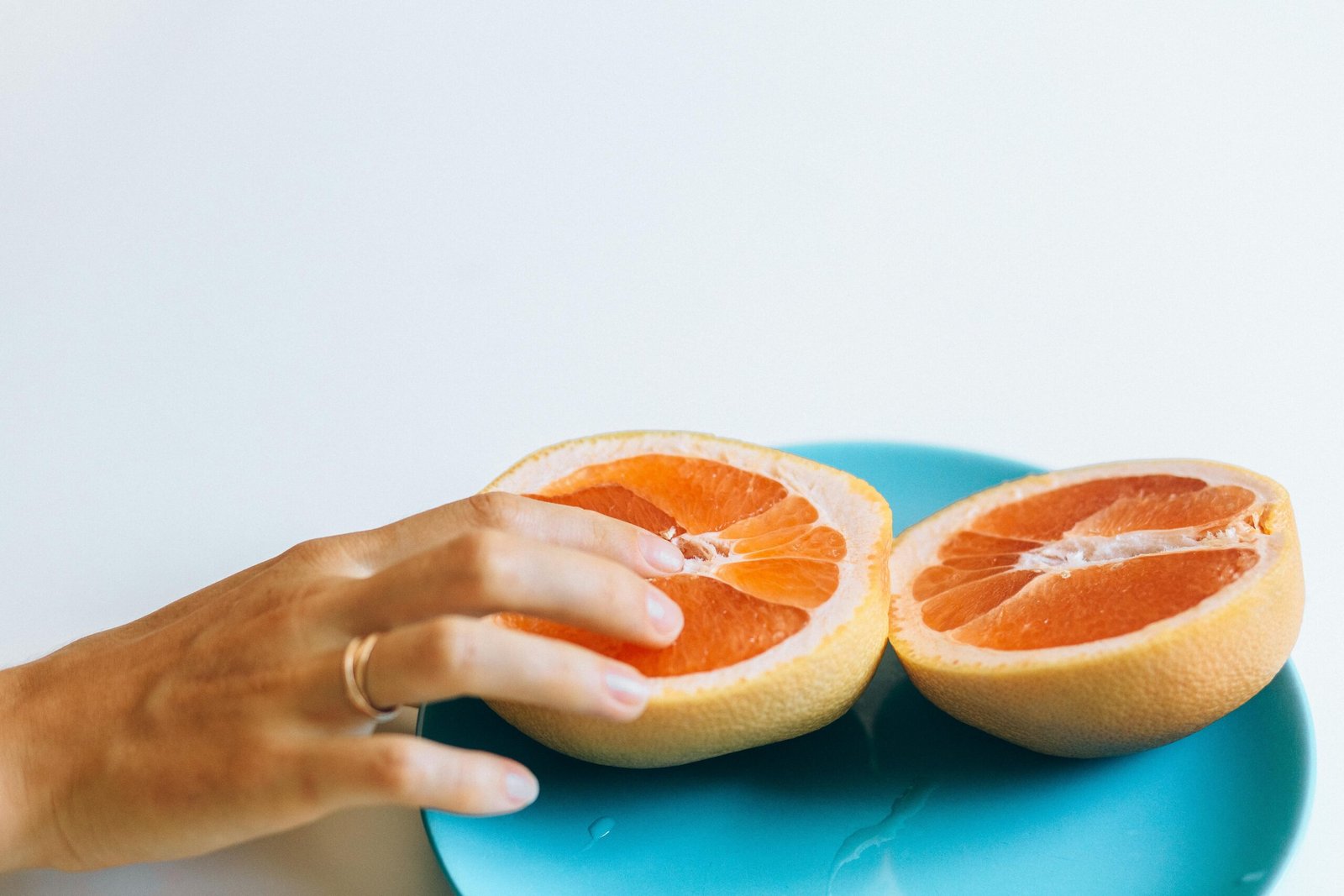Silicone products have become an essential part of our daily lives, offering a wide range of applications from kitchenware to personal care items. Their popularity is due to silicone’s unique properties, including its durability, flexibility, and safety. In this guide, we’ll explore the various types of silicone products available, their benefits, and why they are a smart choice for both household and industrial use.
What Are Silicone Products?
Silicone products are items made from a synthetic rubber-like material known as silicone. This material is composed of silicon, oxygen, carbon, and hydrogen, giving it a unique combination of properties. Silicone is flexible, resistant to extreme temperatures, and safe for various uses, making it an ideal material for manufacturing a wide array of products.
The Benefits of Silicone Products
1. Heat and Cold Resistance Silicone products can withstand a wide range of temperatures, from extreme cold to high heat. This makes them suitable for use in both kitchen applications, such as baking mats and oven mitts, and industrial settings where temperature resilience is critical.
2. Durability and Longevity One of the most significant advantages of silicone products is their durability. Silicone is resistant to wear and tear, meaning that products made from this material tend to last longer than those made from plastic or rubber. This makes silicone an excellent investment for long-term use.
3. Safety and Non-Toxicity Silicone is a non-toxic, food-grade material that does not leach harmful chemicals, making it safe for contact with food and skin. This is why silicone is commonly used in baby products, kitchenware, and medical devices.
4. Flexibility and Versatility Silicone’s flexibility allows it to be molded into various shapes and sizes, making it a versatile material for manufacturing. From collapsible bowls to flexible ice cube trays, silicone products can be easily stored and used in different settings.
5. Easy to Clean Silicone products are non-porous, meaning they do not absorb food odors, stains, or bacteria. This makes them easy to clean and maintain, either by hand or in the dishwasher. Their non-stick surface also reduces the need for excessive scrubbing.
6. Eco-Friendly Silicone products are a more environmentally friendly option compared to plastic. They are reusable, reducing the need for single-use items, and some silicone products are recyclable, contributing to less waste.
Popular Types of Silicone Products
1. Silicone Kitchenware Silicone kitchenware includes items like baking mats, spatulas, muffin molds, and storage containers. These products are heat-resistant, non-stick, and easy to clean, making them a favorite in both home and professional kitchens.
2. Silicone Baby Products Silicone is widely used in baby products, including pacifiers, teething rings, and baby bottles. Its softness, safety, and durability make it an ideal material for items that come into contact with a baby’s mouth and skin.
3. Silicone Personal Care Items From silicone makeup brushes to reusable menstrual cups, silicone is a popular material in personal care products. It is hypoallergenic, easy to sterilize, and gentle on the skin, making it suitable for a variety of uses.
4. Silicone Medical Devices Silicone is also used in the medical field for devices such as catheters, implants, and medical tubing. Its biocompatibility and resistance to bacteria make it a safe choice for use in healthcare settings.
5. Silicone Industrial Products In industrial settings, silicone is used for gaskets, seals, and insulating materials due to its resistance to heat, chemicals, and weathering. These properties make silicone a reliable choice for demanding applications.
How to Choose High-Quality Silicone Products
1. Look for Food-Grade or Medical-Grade Silicone Ensure the products you choose are made from 100% food-grade or medical-grade silicone, which is free from harmful chemicals like BPA, phthalates, and PVC.
2. Check for Certifications Look for products that have been certified by safety organizations such as the FDA or LFGB. These certifications indicate that the silicone products meet stringent safety and quality standards.
3. Evaluate Durability High-quality silicone products should feel sturdy and thick. Thin or flimsy silicone may not be as durable and could wear out more quickly over time.
4. Consider the Product’s Use Choose silicone products that are specifically designed for their intended use. For example, silicone bakeware should be thick enough to handle high temperatures, while silicone baby products should be soft and flexible.
5. Read Reviews Customer reviews can provide valuable insights into the performance and longevity of silicone products. Look for feedback on the product’s quality, ease of use, and any potential issues.
Caring for Your Silicone Products
1. Cleaning Most silicone products can be easily cleaned with warm, soapy water or in the dishwasher. For items with tough stains, a mixture of baking soda and water can help remove them.
2. Storage Store silicone products in a cool, dry place. Their flexibility allows them to be folded or stacked, saving space in your kitchen or bathroom.
3. Regular Inspection Periodically check your silicone products for signs of wear, such as tears or cracks. If any damage is found, it may be time to replace the item to ensure continued safety and functionality.
Conclusion
Silicone products offer a unique combination of safety, durability, and versatility that makes them a valuable addition to any household or workplace. From kitchen essentials to personal care items, silicone products provide long-lasting performance and peace of mind. By choosing high-quality silicone products, you can enjoy the many benefits this material has to offer, making your life easier, safer, and more sustainable.













